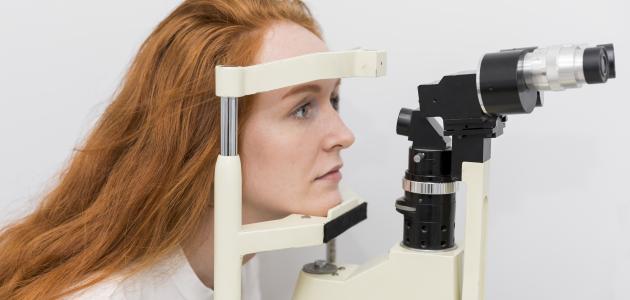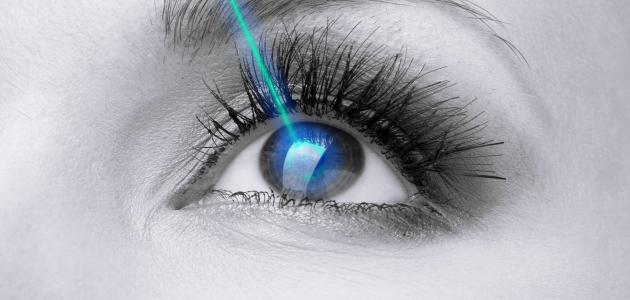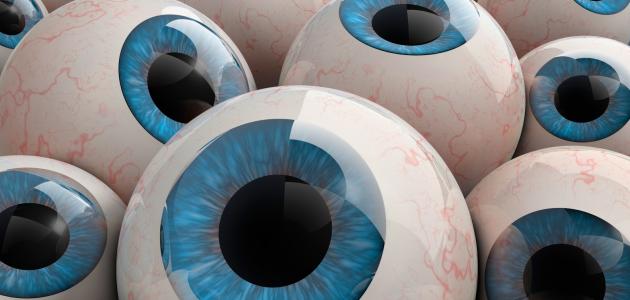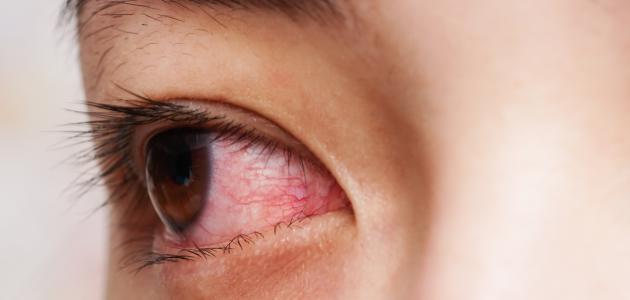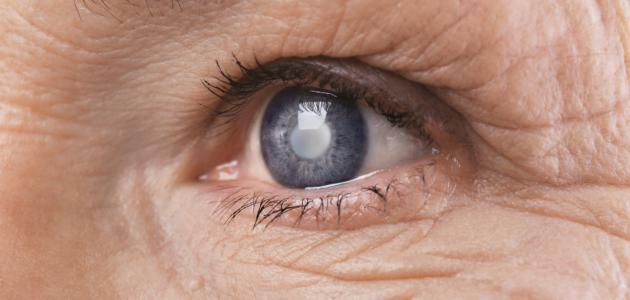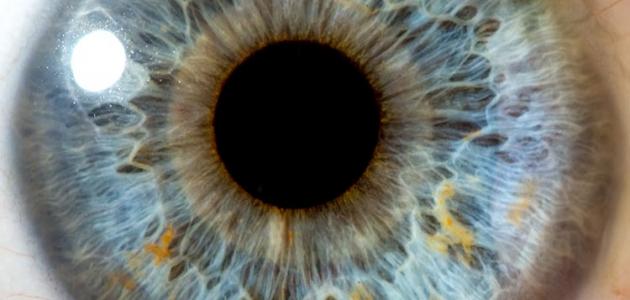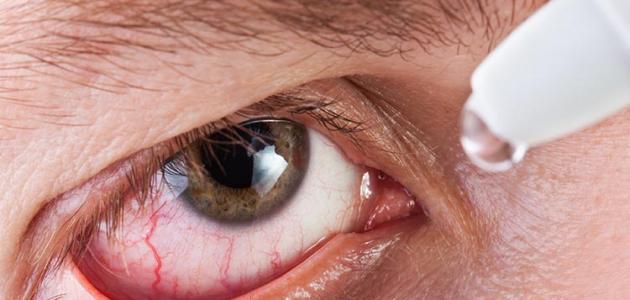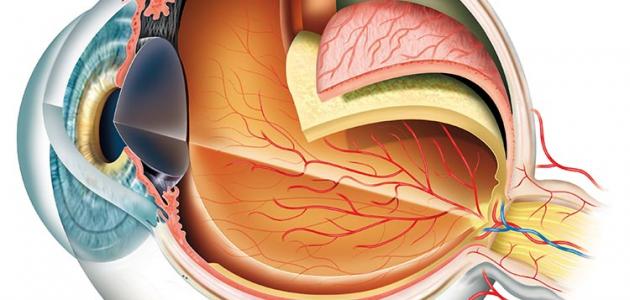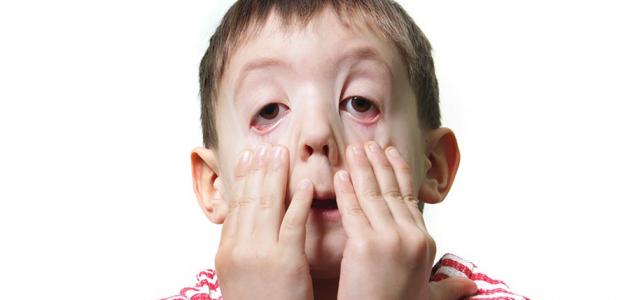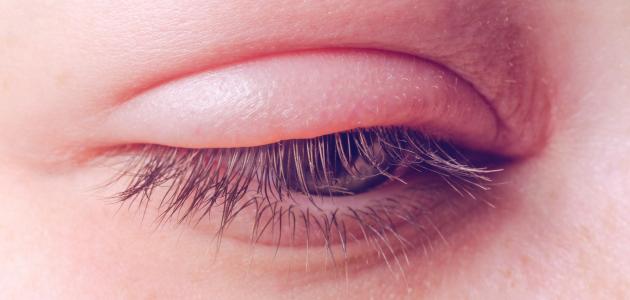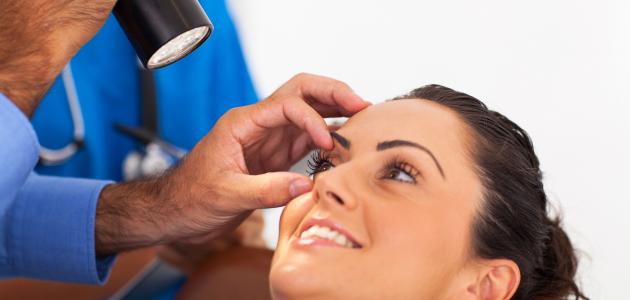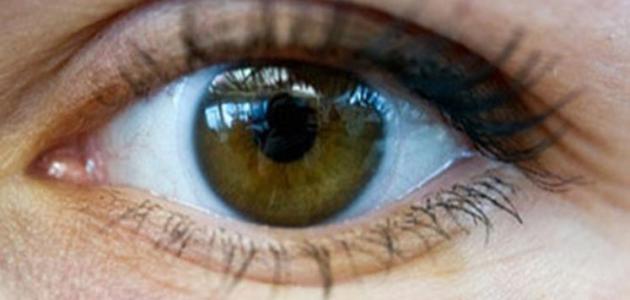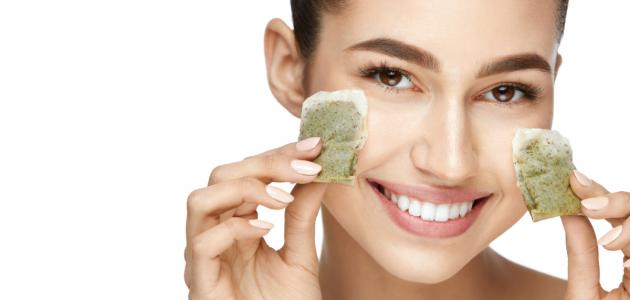Contents
eye pressure
Intraocular pressure, or what is commonly known as intraocular pressure, is a measurement of the pressure of the fluids inside the eye by a similar mechanism to measure blood pressure, [1] and it should be noted that there are some types of fluid in the eye that contribute to keeping the eye swollen and spherical as it is The air in the balloon, one of which is called the vitreous fluid that fills the eye and is concentrated behind the lens, and the other is transparent is at the front of the eye between the iris and the cornea . The eye is then filtered at the point where the cornea meets the iris, [2] where the clear liquid is filtered as much as is made daily to keep the eye pressure constant. [1]
Measurement of normal eye pressure
Eye pressure varies from person to person according to the thickness of the cornea, and its thickness is measured in the individual when trying to explain the importance of eye pressure, [2] in fact the eye pressure ranges in the normal position between 10-20 and is measured in millimeters of mercury , and this is maintained. Pressure on the shape of the eye and supports all its parts to perform its function to the fullest. [3]
To learn more about measuring normal eye pressure, read the following article: ( Measuring normal eye pressure ) .
Method and importance of measuring intraocular pressure
It helps pressure measuring eye on the case of the public eye study and narrowing the diagnostic options when there is a disease in the eye, [4] as measured by the pressure inside the eye as a routine scans tonometry which uses a tension eye scale , and despite There are many methods used to measure eye pressure, but the most famous one is the Glodmann Applanation Tonometer, and the examination mechanism can be explained as follows: [5]
- The Goldman scale is linked to a microscope that contains a slit lamp, and the examination begins with giving anesthetic drops to the eye and then injecting them with a tiny amount of Fluorescein, and then emitting a blue light from the cobalt metal that illuminates the colored dye and the measuring device.
- The doctor presses on the cornea with a probe, and the device records how well the cornea resists this pressure, and this translates with a number that appears on the device so that this reading is the pressure inside the eye .
- The doctor then saves the result in the patient's personal file and compares the results of this examination annually.
- The pressure inside both eyes is measured in at least two to three periods. This is because the eye pressure varies from time to time, so it is preferable to record the readings at different times of the day. [6]
Ocular hypertension and associated diseases
The diagnosis is considered a rise in eye pressure when the examination result exceeds 21 millimeters of mercury, and the explanation for this rise follows: [3] [7]
- The absence of any damage to the eye itself or to the sense of vision in some patients.
- Incidence of glaucoma and the loss of permanent sight which may be caused by high eye pressure in some patients, which is high eye pressure one of the most important causes of glaucoma, and due to the lack of any signs and symptoms of external Kahmrar eye or pain will not know the patient on its own if Have high eye pressure or not, and here lies the importance of periodic examination by an ophthalmologist and comparing the results with normal levels.
- Increased production of fluid from the eye or an imbalance between its production and its excretion from the eye; So that the rate of liquid filtration is much less than the rate of its production and accumulates inside the eye.
- A traumatic injury affecting the eye, or a disease, or as a complication of some types of medicines such as steroids .
To learn more about high intraocular pressure, read the following article: ( High intraocular pressure and its treatment ) .
Low intraocular pressure and associated diseases
The decrease in intraocular pressure is when the intraocular tension reading is less than 6 mm of mercury, and the fact that the decrease in intraocular pressure is not as common as its height is not common, and the cause of the decrease is often the leakage of fluid from the eye after a surgical procedure, and it may not result in any problems and remain vision The injured person is healthy, or some of those with it may suffer from blurred vision or some other problems related to the eye and vision , it may cause many abnormalities in the retina , the lens and the cornea to the extent that weakens the strength of vision, so it is necessary to treat the decrease in intraocular pressure in This situation, and in fact, there are many treatment techniques for low eye pressure, as treatment varies according to the cause, and other problems that low eye pressure may cause are the following: [3] [8]
- Corneal swells.
- Feeling uncomfortable.
- Damage to the macula, the part of the retina that is sensitive to light, aids vision.
- Cataract, or what is generally known as cataract, [3] is the appearance of a dark or hazy area in the vision of the eye lens, and its effect on vision varies according to its size and location. Most cases of cataract are diagnosed in people over the age of 55. [9]
References
- ^ A b "Eye 's Pressure" , Www.aao.org , Retrieved Jul.21.2020. Edited.
- ^ A b "What is eye pressure?" , www.aao.org , Retrieved Jul.22.2020. Edited.
- ^ A b t w "Intraocular Pressure And Your Eye 's Health" , the www.webmd.com , Retrieved Jul.22.2020. Edited.
- ↑ "INTRAOCULAR PRESSURE" , morancore.utah.edu , Retrieved Jul.22.2020. Edited.
- ↑ "How Tonometry Eye Pressure Test Works" , www.verywellhealth.com , Retrieved Jul 23.2020. Edited.
- ↑ "Ocular Hypertension" , www.webmd.com , Retrieved Jul 23.2020. Edited.
- ↑ "Ocular hypertension: 5 causes of high eye pressure" , www.allaboutvision.com , Retrieved Jul 23.2020. Edited.
- ↑ "Can eye pressure become too low after a glaucoma surgery?" , www.glaucoma.org , Retrieved Jul.23.2020. Edited.
- ↑ "Cataract" , www.aoa.org , Retrieved Jul 23.2020. Edited.

